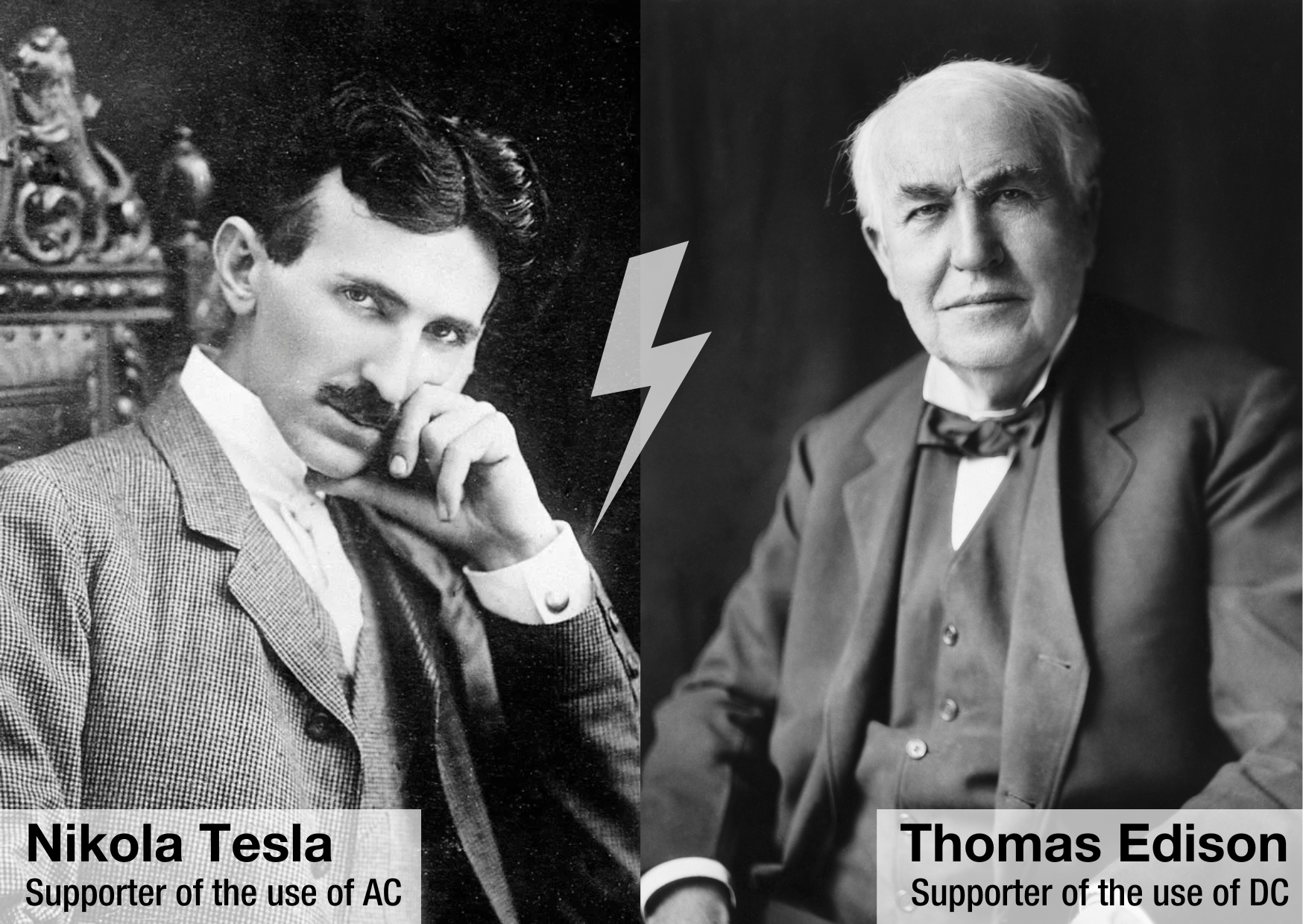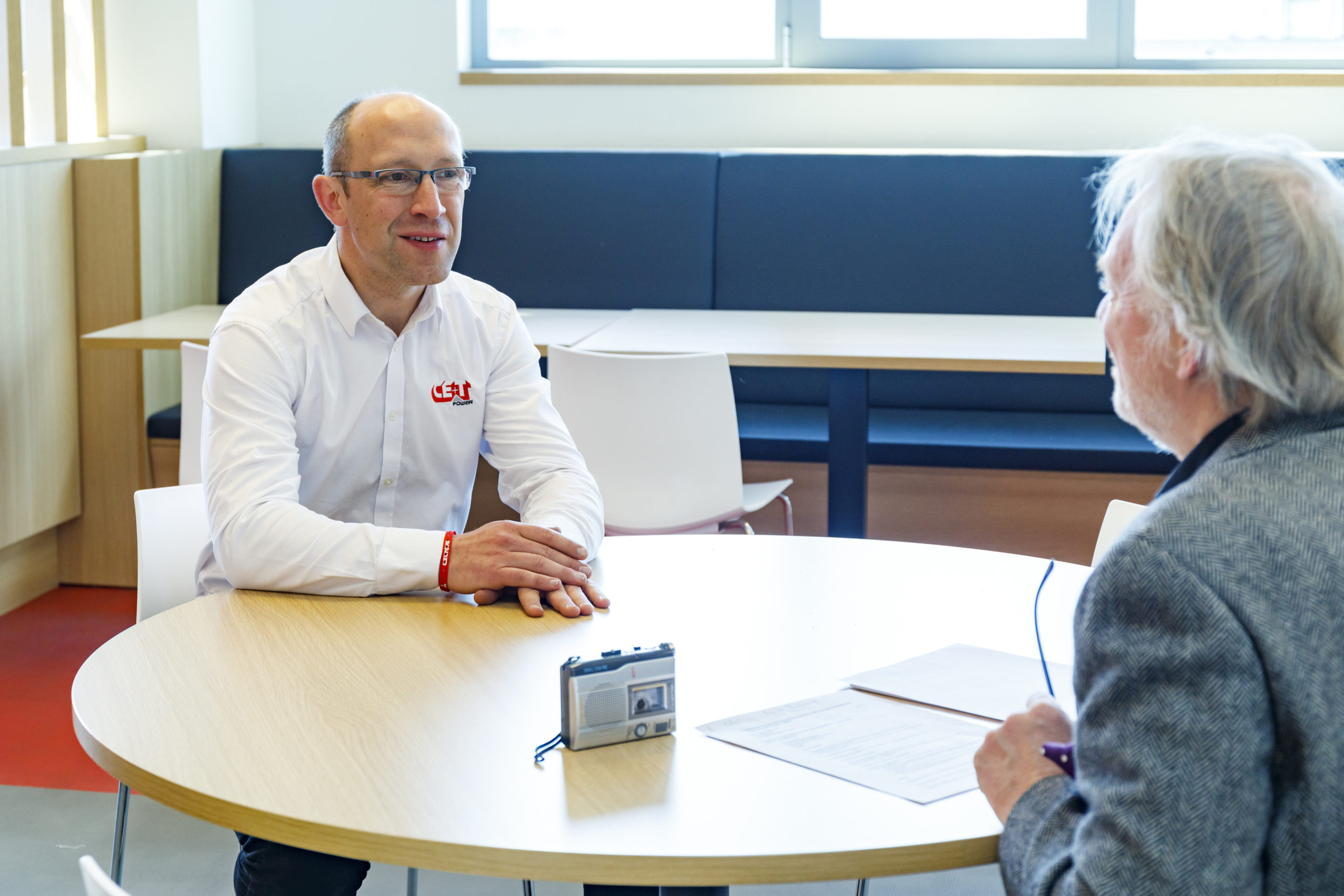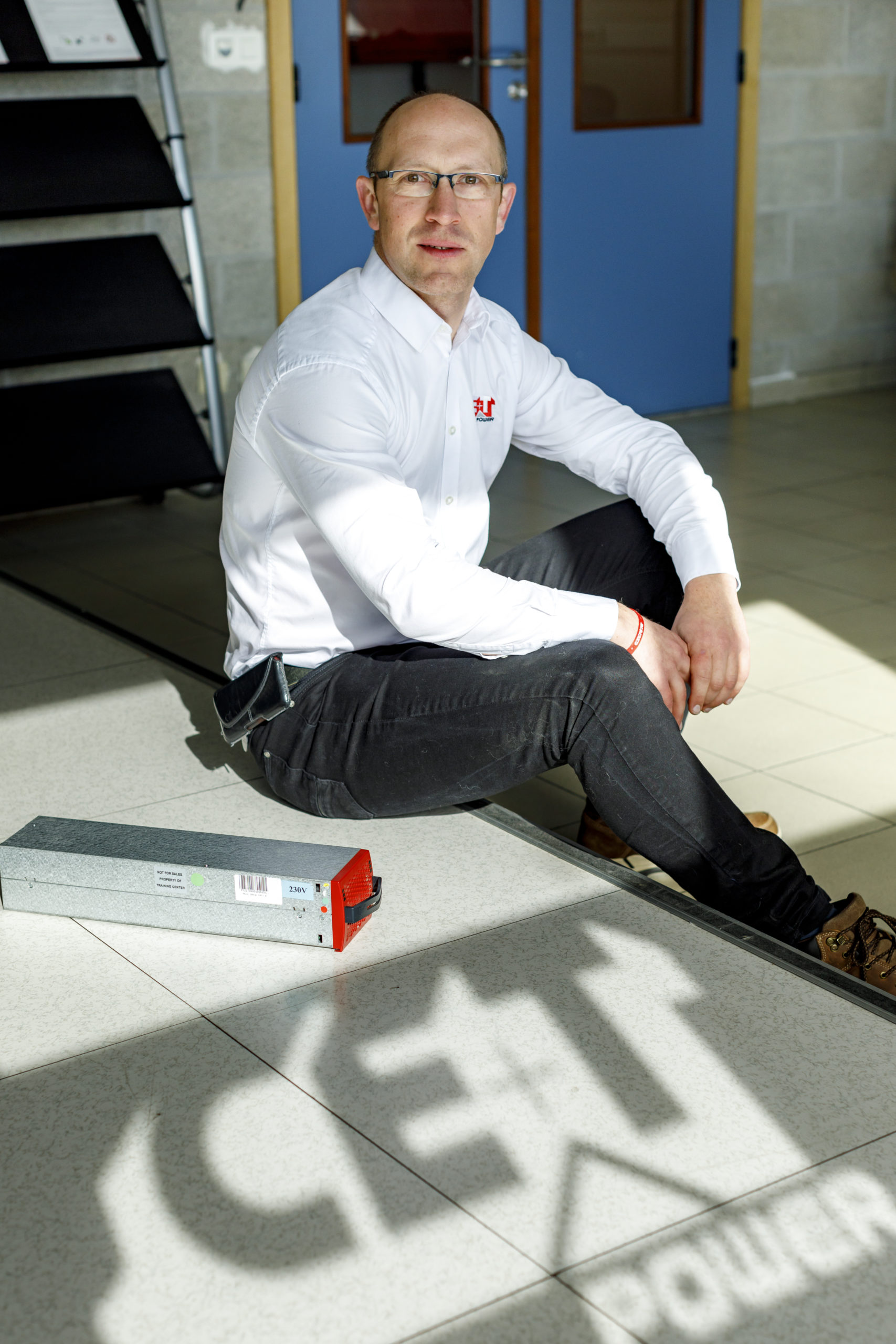At the end of the 19th century, the war of currents opposing Edison, pioneer of the distribution of direct current (DC) electricity distribution, to Tesla, the defender of alternating current (AC), ended with the victory of the latter. The United States and the whole world then adopted alternating current as the standard for electricity transport and distribution. However, with the increasing production and storage of solar energy, the future of DC appears promising…

The evolution of alternating and direct currents
Benoit Bidaine, Chief Technology Officer at CE+T Power, was interviewed by Volta to talk about developments in our industry. Discover his opinion on the great return of direct current, its advantages and its industrial and domestic applications.

Why was alternating current (AC) chosen at the time?
“Simply because it is easier to transport and distribute without significant losses. Its voltage can be easily modified using transformers, allowing energy to be transmitted at very high voltages before reducing it to safer levels for household use.”
Over time, have power electronics improved things ?
“Yes, power electronics have made it possible to convert AC to DC and DC to AC at very high powers, with reasonable costs and efficiency. CE+T Power has become a specialist in this field.”
While DC remained in the shadows for a long time, is it still being used?
“Yes, increasingly so over the last few decades! Today, DC is used for transmitting electricity over long distances through HV lines and submarine cables. It is even being used in offshore wind parks. DC is also found in devices powered by batteries, such as LED lighting, phones, laptops, and electric cars. Solar power production takes place in DC, which must be converted to AC via an inverter before being sent to the grid.
More stable and economical production
What are the benefits of DC?
“Direct current optimizes the use of the materials through which it is distributed and ensures minimal losses. It also guarantees better power quality since it is less sensitive to interference and noise. DC simplifies the interconnection of electrical equipment because it does not require frequency synchronization. Moreover, it avoids unnecessary conversions to alternating current and simplifies the stabilization of the electrical network, which becomes complex with the deployment of decentralized production and battery storage systems.”
Is DC already in use in the industry ?
“Yes, its use extends to various applications, including data centers. It is also being adopted in the railway industry to supply power points. For example, train switches require high but punctual power supply that can be stored locally in charged batteries between each use. Additionally, DC is being used in control systems, power supply, water treatment, and energy storage.”
Where are we in Europe?
“We have already deployed some high voltage lines (HVDC), such as the one that connects France and England (IFA 2000) or Belgium and Germany (ALEGrO), capable of transmitting 1,000 MW, equivalent to the power of a nuclear reactor. The potential for further implementation is significant.”
Operate DC: an asset for local distribution
Could DC also serve for local distribution ?
“Yes, hence the interest in micro-grids that accommodate fundamental changes: increasingly decentralized energy production, rising demands for sustainability, and the frequent use of batteries. We are currently collaborating with companies like Klinkenberg and Volta to implement a DC micro-grid in the Economic Activities Park Hauts-Sarts (Project MIRaCCLE). This will enable seven companies to share renewable energy and storage, connect to Herstal’s public network, and optimize their consumption and costs. A first in Wallonia!”
Do you need more advanced knowledge to manage DC?
“No more than for AC! The difficulty lies in harmonizing and standardizing practices and equipment. Regardless of the system, with the increasing variety of technologies and the variability of production and consumption, managing networks requires greater expertise today than ever before.”

Residential: the future of DC
Could we consider a DC network in a residential house?
“Yes, of course! There are already fully residential neighborhoods supplied with DC. For example, in the Netherlands and some houses in Belgium, direct current is distributed. Such domestic installations advantageously distribute power at (at least) two voltages: a lower one for lighting and a higher one for more energy-consuming equipment like charging terminals. As a representative example, if we compare it to the current AC installations, the equivalent of 230 volts in AC would be 325 volts in DC.”
AC or DC: which is the more dangerous ?
“Quantitatively, AC is more dangerous than DC in terms of acceptable exposure time without injury, given an equivalent voltage. However, some regulations and protections are not yet as developed for DC as they are for AC. Therefore, DC may currently seem less certain as we need to adapt our habits. This is why Volta is working to adapt the RGIE to DC, and we advocate a fast consolidation of different DC standards.”